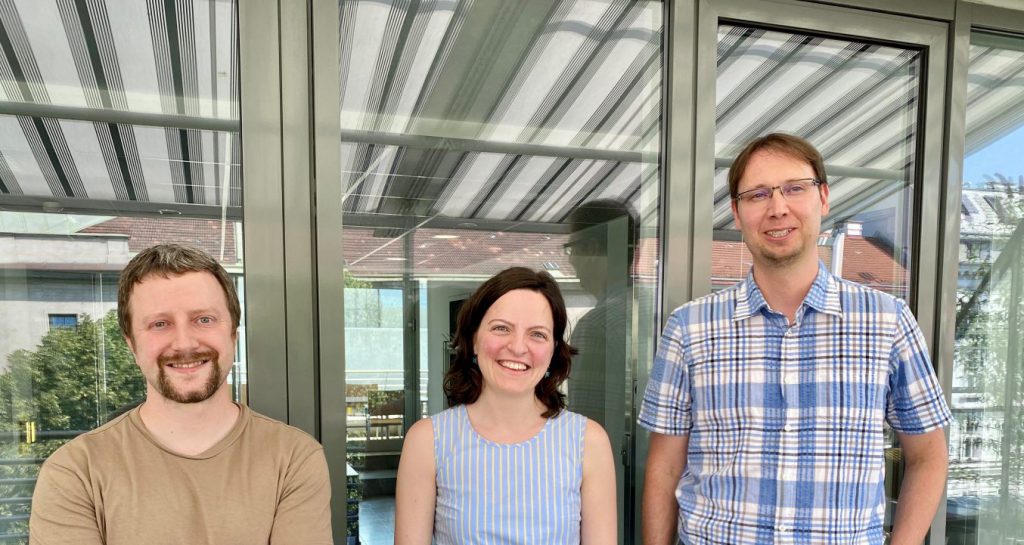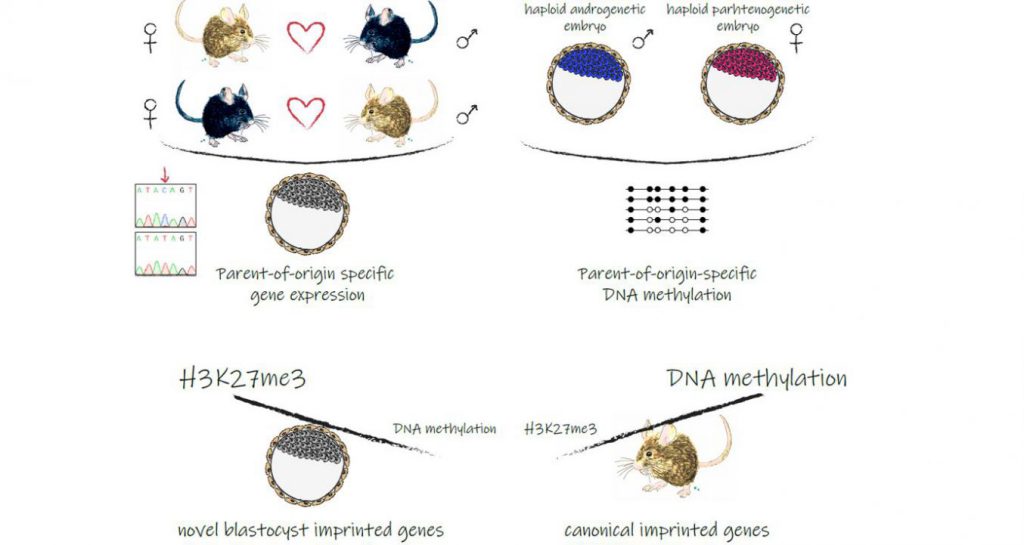Bone marrow metastases for the first time analyzed cell by cell
Bone marrow metastases for the first time analyzed cell by cell When childhood nerve tumors, so-called neuroblastomas, form metastases, they preferentially do so in the bone marrow. A study by St. Anna Children’s Cancer Research Institute shows for the first time the exact cell composition of such metastases. This knowledge forms the basis for the […]
Bone marrow metastases for the first time analyzed cell by cell Read More »








